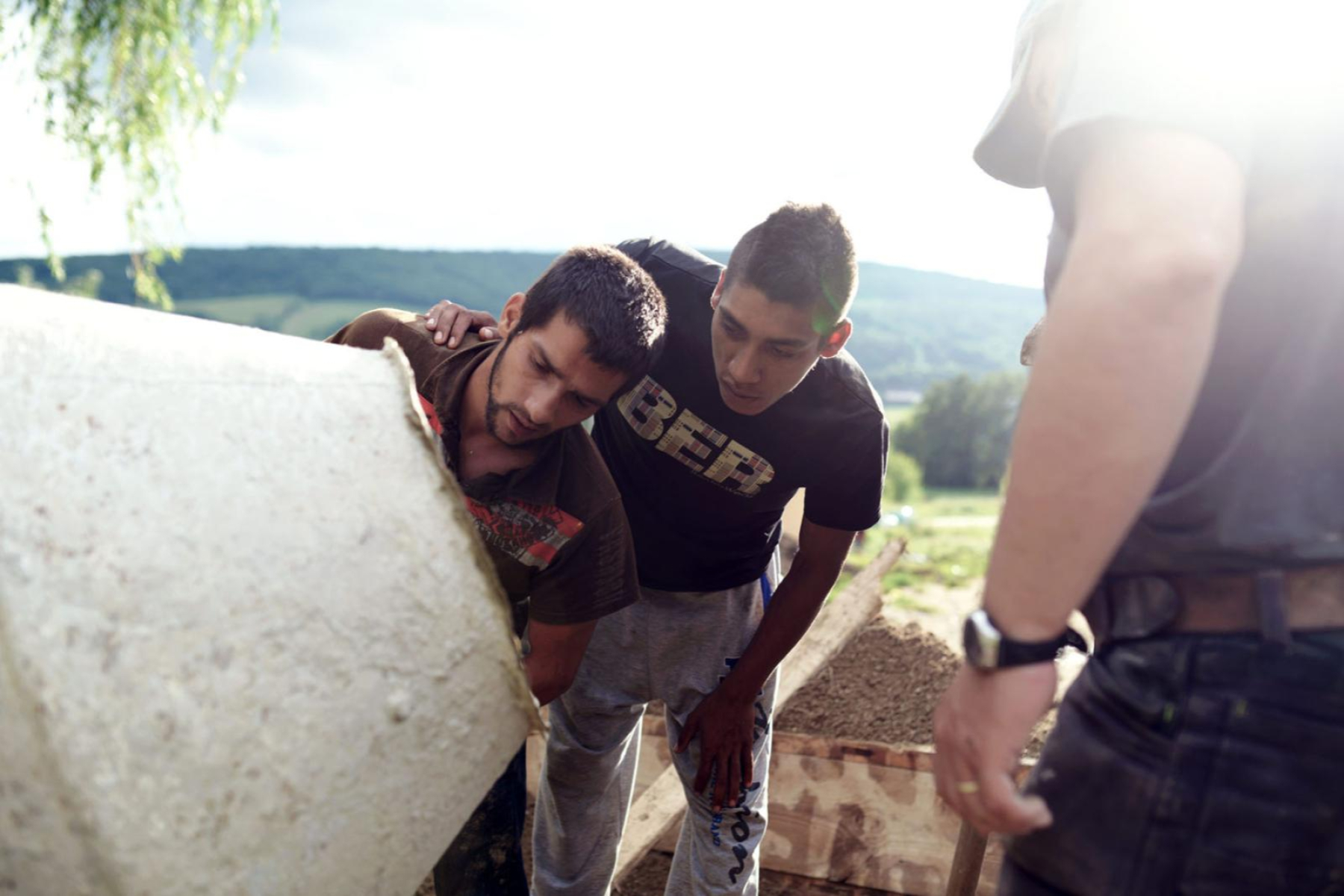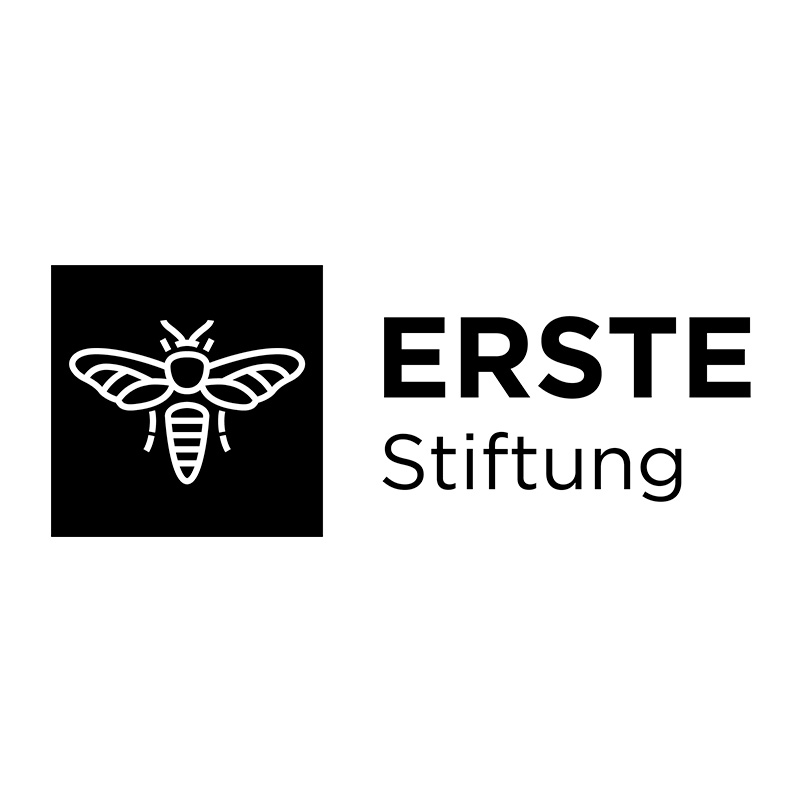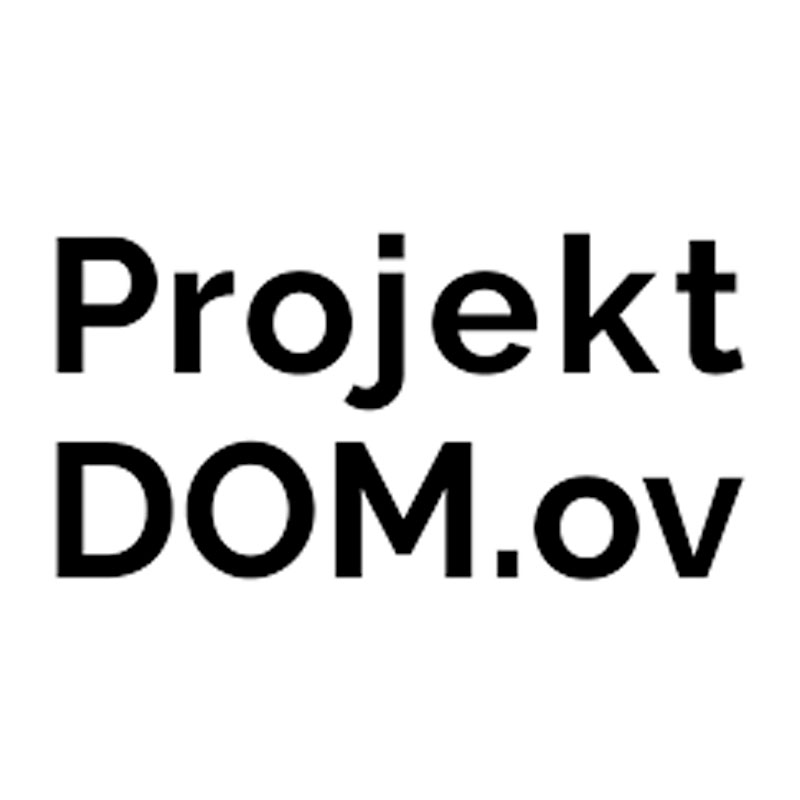“Have you ever seen a Roma community?”
Katarina Smatanova asked me this question before she answered any of mine. She paired it with a second question: had I been to Slovakia?
My answers – yes and yes – were, I confess, somewhat reductive. My first learnings about Roma communities were not through personal interactions with Roma communities; they were through the films of Tony Gatlif, a director with a strong Roma identity. His vision of Roma life is colourful, musical – also romanticised. As an American and a film student, I was interested, did some research, and wrote a paper on the topic of Roma cinema – but that was many years ago.
Then I moved to Europe. Writing now from my apartment in Brussels, I can see from my window a Roma woman who asks for spare change outside a bakery. I know her, because she and her family used to sleep beside a basketball court where I played: her son shot hoops with me sometimes. Since construction started at the court, I’m not sure where they’re sleeping, but I still see them around.
On the street, in public spaces: this is where I’ve met Roma.
I’ve been in Slovakia once: for eight hours on a layover.
I’ve resolved to go back. But that’s jumping ahead. I’m starting here, by answering Katarina’s questions in more detail, because I believe she meant to point out that any non-Roma will come to a story about Roma with preconceived notions and biases. These were mine.
Architecture
I’d read about an ongoing project that empowers marginalised Roma communities in Slovakia to build their own houses, and Katarina’s name came up as one of the many collaborators, along with ERSTE Foundation, who provided catalytic funding for the project and authored the case study I read. This project has gone by several names throughout its iterations, but for clarity, let’s call it Self-built Houses for Marginalised Roma Communities – or, as shorthand for this story, The Project.

In addition to being an architect, Katarina is also an academic. She’s also an influencer of Slovakian policies. She had to start her own NGO to get all this done.
The more we talked, the more she struck me as embodying the principles of an intersectional approach to a social problem. Start with listening. Learn a lot about a lot of things. Learn from the people who know more about another angle. Keep communicating, keep improving.
“Architecture has always been there to provide better conditions for people,” she told me. She emphasised the people part.
Clients
In her work designing houses for Roma families to build, Katarina spent countless hours listening. She described the attitude of humility it took to build trust; she would tell the people she met with: “I'm an architect and I don't know anything about how you live and how you want to live” – but she wanted to know. Before pen touched paper, hammer touched nail, she needed to understand the client’s needs.
Katarina and many other people I spoke with about the project used the word ‘clients’ when they talked about the people who built their houses. For me, it was a refreshing change from the word ‘beneficiaries.’
The clients are Roma families.
Roma are Slovakia’s second largest minority group, representing roughly 8% of the country’s population*. They’ve endured a long and bitter history of discrimination in Slovakian society, everything from segregation in schools to discrimination in healthcare. A 2019 Pew Research poll showed that 76% of Slovakians held unfavourable views of Roma.
The most marginalised among Slovakian Roma, “live in segregated areas in slum-like illegal settlements,” according to ERSTE Foundation’s case study. Each descriptor in this statement has its own implications to unpack:
> Segregated: cut off from neighbours, perpetuating outsider status, excluded.
> Slum-like: unstable access to clean water, energy and heat. Multi-generational poverty.
> Illegal: living in fear of being kicked out of where they live; without access to benefits from the state’s social safety net.
Beyond the multi-generational poverty that unstable housing perpetuates, it also has repercussions for integration in Slovakian society. Opening a bank account. Getting a job. It’s nearly impossible to do these things without a legal address.
Roma citizens without stable housing remain cut off from the state and from their neighbours. Without a home, it’s harder to be someone’s neighbour. And imagine if ¾ of your neighbours held an “unfavourable view” of you. This is what social exclusion feels like.
Each of these interconnected problems affect Roma individuals, but also Roma families, because it’s often families, not individuals, that make decisions about where their home is – and, for that matter, what home is.
Home
“Thank goodness our tree is still there...”
If you’ve ever returned to a place you once called home and had the sensation you still had a stake there, then you’ve felt the distinction between house and home. There is a sense of ownership to a home beyond the legal definition of ownership – a connection not easily severed.
This sense of ownership – of having a stake – is a cornerstone of Self-built Houses for Marginalised Roma Communities. By empowering clients to build their own homes, it connects them to these places. They take ownership of the structure, as they construct it. In the process, they take ownership of their finances, learning what it takes to budget for construction and developing practical skills that may serve them in future jobs.
Through the collaboration of dozens of different stakeholders, including NGOs, municipalities, architects and banks, Roma families become homeowners, with varied and tailored support along the way.
1. Design. Architects, including Katarina, design a house. The architects base these designs on the real needs of Roma, after field research and interviews. They design houses to be affordable and easy to build, with high energy standards.
2. Plots. Slovenská Sporiteľňa, a bank we’ll soon discuss, connected with local municipalities to prepare plots where Roma families are legally allowed to build.
3. Family Finance. DOM.ov, an NGO we’ll also discuss, and Slovenská Sporiteľňa prepared and motivated families by offering a comprehensive financial education program. With the end goal of the house as a horizon, families received help in setting up a budget, saving up to purchase the plot, reducing pre-existing debts and searching for jobs.
4. Building Skills. DOM.ov trained clients on how to build the houses themselves. Not only did this create the sense of ownership, it also gave them skills they could carry over into upkeep of their house and future employment opportunities in construction.
5. Employment and regular income. During the whole process, clients are guided to secure employment and regular income, so they can sustain their new lifestyle and regular expenses connected to housing, such as electricity, water and housing loan repayment. They also receive assistance in job searching and adaptation.
After these five steps, families could apply for the housing micro loan from Slovenská Sporiteľňa and start building.
As shown, the process required the input and expertise of a striking variety of stakeholders (the five steps are the simplified version; there are actually many more on-the-ground hands involved).
Clients take a leap. They become builders. After the house is built, they are homeowners.
None of this could have happened without a catalyst.
Catalytic Support
ERSTE Foundation not only funded Self-built Houses for Marginalised Roma Communities from its outset, it did so in a catalytic way that attracted more financial and non-financial support with each iteration.
A savings bank foundation active in Central- and South-Eastern Europe, ERSTE Foundation “aims at building structures that provide possibilities for people to create and improve livelihoods by bringing together different stakeholders and resources.” In line with this aim, they partnered with the social banking unit of Slovenská Sporiteľňa (SLSP), Slovakia’s largest bank and a member of the ERSTE Group.
Stakeholders from ERSTE Foundation and ERSTE Social Banking agreed that The Project was a very practical example of cooperation between the various entities; they were also quick to point out the high scalability and significant impact of the project.
They also pointed out an example of hands-on leadership by Rasto Blažej, Head of Social Banking at SLSP, as described in a 2018 feature in Euromoney. While that article offers a view of The Project’s origins, for this story, Rasto recommended focusing the spotlight on the many collaborators, great people and catalysts that came together to make it happen.
Also included among the founding partners was Project DOM.ov, a non-profit with the mission of integrating marginalised Roma communities in Slovakian society. The DOM.ov project currently implements the HERO project, which funded by EU resources obtained through the Council of Europe Development Bank (CEB). According to ERSTE Foundation, the presence of an organisation with longstanding experience in the social problem at hand was a factor in attracting funding**.
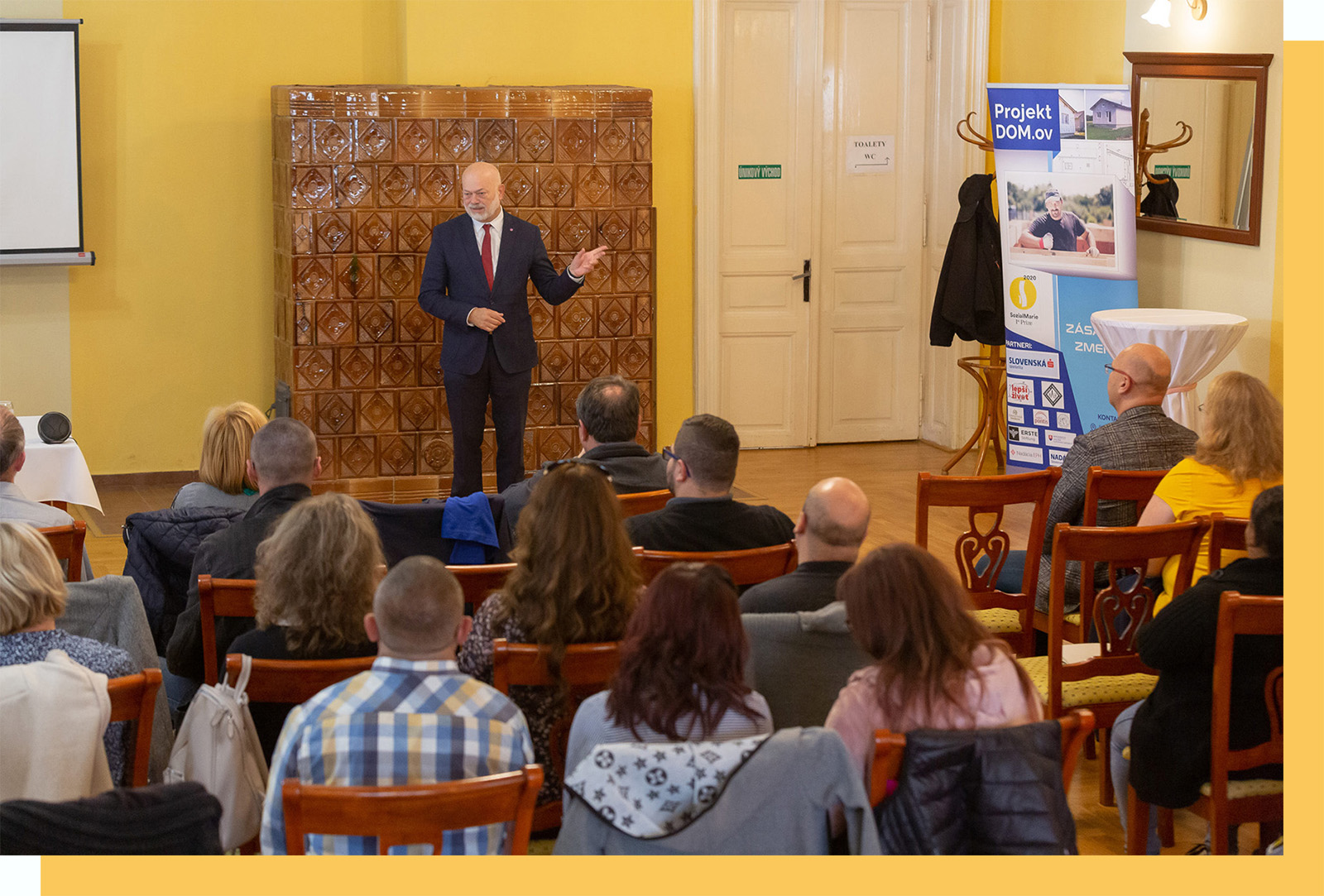
“Having witnessed how moving into the legally built houses positively changed the lives of Roma families and initiated a terrific spillover effect on other members of the communities,” wrote Franz Karl Prüller, Senior Advisor to the Board of ERSTE Foundation.
“ERSTE Foundation decided to become a patient investor and back the project with catalytic capital in the form of a guarantee fund that responds to the specific risks faced by families living in multi-generational poverty.”
The guarantee fund covers housing loans granted by Slovenská Sporiteľňa to Roma families for the construction of their homes. It not only enables the provision of these loans, but also helps bring in other partners willing to join the guarantee scheme and capability financing (a hallmark of catalytic investing).
Rasto pointed out that ERSTE Foundation offered critical support in the “make or break” phase of the project, during which he was a co-debtor to some of the loans. “Like a bridge over troubled water,” Rasto said, quoting the Simon and Garfunkel song, the foundation provided the right capital at the right time, funding the guarantee fund and carrying the project into a sustainable phase.
And, as shown in the five steps, ERSTE Foundation, SLSP and DOM.ov all provided non-financial resources clients needed to make the construction projects successful.
By the numbers:
> 2017: ERSTE Foundation funded a guarantee fund of €50,000 to partially secure the micro housing loans granted by SLSP to Roma families.
> The fund covers 25% of each loan, a 4X leveraging effect.
> The housing loan was €9,000 and currently loans vary between €15-18,700, with a duration of 18 years and a grace period of 12 months.
> In total around 50 houses could receive financing.
> The fund will be active until 2029.
In terms of ERSTE Foundation’s non-financial support specifically, they connected SLSP with local NGOs who had been in partnership with the Foundation in other projects focused on Roma communities. After the first phase of the project, in which the viability of the idea and process were proven, SLSP was able to secure additional funding, which would not have been possible without the prior willingness of ERSTE Foundation to provide patient capital and take disproportionate risk.
The funding ERSTE Foundation provided and, just as important, the additional funding they enabled, would go on to allow the project to scale and succeed. Last year more than 30 microloans were provided, this year more than 80 so far; the total loan size is €187,000.
The Bank and the NGO
“It literally happened by accident. A tired bank clerk, just before burning out, walked down the corridor of the bank and met the right people...”
That’s how Marian Zeman frames his introduction to Project DOM.ov, of which he would become Director (the third since the NGO’s founding). He was working for Slovenská Sporiteľňa when the opportunity arose. While it wasn’t easy to “give up a stable job in a bank and go to a completely different environment,” he made the leap.
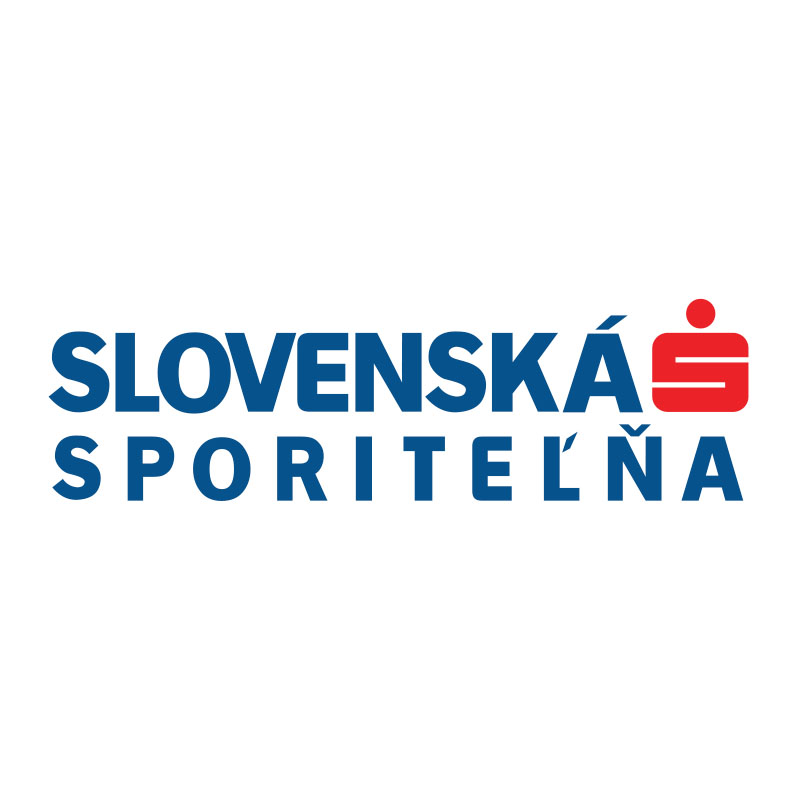
SLSP was involved from the beginning of DOM.ov; one of the bank’s conditions was to create a separate entity entirely focused on housing socially and spatially disadvantaged communities, in order to keep this focus central without having any distracting activities or commitments. While the first phase of DOM.ov’s work was financing client loans, they soon understood there was a need to make structural changes in their operations and model, addressing greater systemic challenges.
DOM.ov has since launched many projects in support of marginalised Roma communities, but I wanted to ask Marian about the Self-built Houses for Marginalised Roma Communities project in particular – what inspired him about it?
“The result of our work is not only a newly built house, but a total change in the functioning of our clients' families. Families are learning to take responsibility for their own lives and it is our satisfaction to help them make this change.”
“The program helps and activates those who would not be able to help themselves,” said Marian, “or would not be able to because of social exclusion. The result of our work is not only a newly built house, but a total change in the functioning of our clients' families. Families are learning to take responsibility for their own lives and it is our satisfaction to help them make this change.”
In some ways, DOM.ov acted as a bridge between Roma and SLSP – or even the idea of The Bank. According to several project stakeholders, many Roma have negative preconceptions about banks and the financial system; those who have incurred debts, for example, see in a bank an antagonist. The Project changed that outlook.
“You see how the relationship changes both sides,” said Katarina. “People from the bank are more empathetic when they get to know more people from the Roma communities. Roma feel prouder and more empowered, and consequently more included in society, when people from the bank are talking to them in their suites.”
Lessons in Collaboration
Driven by the desire to help people out of multi-generational poverty, and “solve a problem that society has not been able to deal with for decades,” Marian and the team at DOM.ov bring together social work, education, construction, financing and fundraising. Marian searches for the right people in each field, helping to connect them and create the conditions that allow their work to thrive.
This isn’t always easy: “The connection between an employee who does social work in the settlement where he grew up and a project manager in Bratislava who is in charge of finances is interesting,” said Marian. “Although these people are close in value, their skills as well as their work style are different.”
Everyone I spoke with had ideas about how such varied stakeholders came together and what they learned along the way. “Each of us has a very different perspective,” Katarina said. “Even though we are looking at the one thing, we see it very, very differently.”
The number of stakeholders and perspectives involved could present hurdles. Stakeholders from ERSTE Foundation described challenges, “transferring experience and know-how between the project’s partners.” As a way to mitigate some of these challenges, future iterations of The Project plan to create “learning products” to make everything more understandable among partners.
“We believe that a positive example, among other things, breaking down prejudices against the Roma community, will create space for long-term systematic support of our activities, especially from the state and municipalities.”
Coordination between multiple entities could sometimes be slow. Municipal governments, for example, caused delays when election cycles changed the stakeholders. But despite the compromises of involving the public sector, these stakeholders were key to the overall impact, especially when it came to influencing policies.
By design, The Project connects state and municipal governments with EU funding, the business sector (banks, donors) and NGOs. According to Marian, DOM.ov went beyond benefits for clients, to lay the foundation for new legislation and policies in support of marginalised Roma. DOM.ov’s publications include a long list of legislative proposals, many of which were adopted.
“I still work for the government in different positions, because you need the government to make the change,” said Katarina, “and because sometimes there was no one I could connect to in the field. I had to establish my NGO. You have to be very cross-sectional.”
Katarina’s comment typifies a quality the project stakeholders all seemed to share: self-starting and open to collaboration with many actors to get the job done. Similarly, Marian expressed hope that the next wave of change would come from some of these partnerships and activities.
“We believe that a positive example, among other things, breaking down prejudices against the Roma community, will create space for long-term systematic support of our activities, especially from the state and municipalities.”
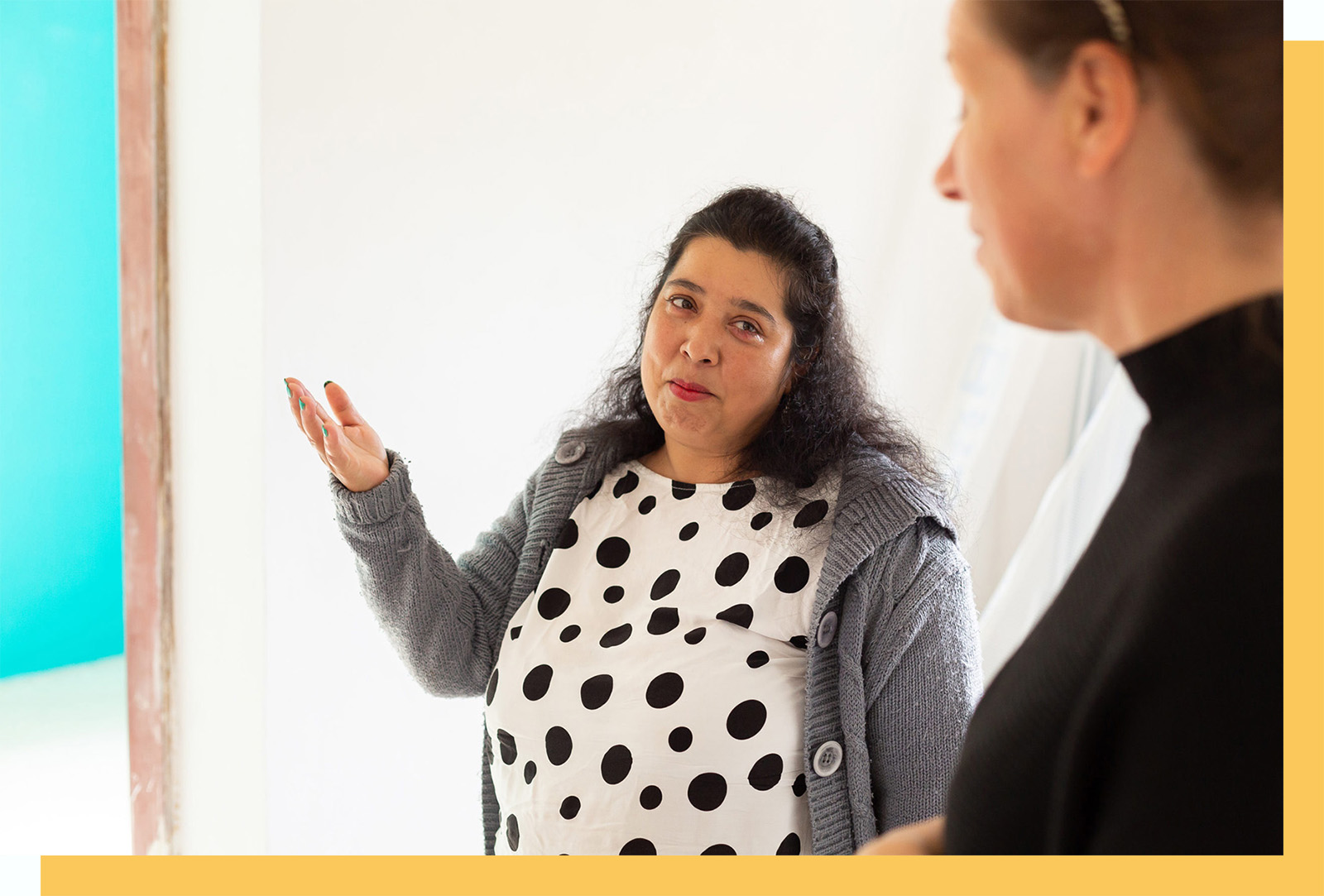
Measurable Impact
ERSTE Foundation evaluated the impact of Self-built Houses for Marginalised Roma Communities at three distinct levels.
The first level concerns how the lives of the Roma families directly involved improved. As of today, 58 houses have been fully built; that means 58 families are eligible for housing subsidies and are starting to repay their loans. 42 houses are in the construction phase and 851 people have benefited from the financial training.
Even if a family does not complete the savings program or turns out to be ineligible for the housing loan, the family can still benefit from the project and have a second chance in the future.
A second level of impact is how social workers are trained and educated to support Roma families. What helped the project to succeed was the credibility of the NGOs’ field workers and the important role they played to coordinate the needs of all the parties involved.
As a third level, the project generated a positive cascade effect on other Roma families, municipalities and investors that, respectively, decided to apply for the program, provide additional areas suitable for the construction of new houses and financially support the project.
Systemic change is a long game, taking 10-20 years, as Marian pointed out. The third level ERSTE Foundation identified – the cascade effect – shows a high potential for finding more leverage points in the system, as it brings in more impact stakeholders, funding and clients.
It's easier to make the argument for replication when early numbers tell a promising story. Take for example the first iteration of The Project:
But numbers don’t tell everything. Project stakeholders also pointed out some of the effects one notices upon visiting villages. Roma individuals who have found steady work, are saving money and have built their own house set a positive example. They not only inspire marginalised Roma to engage in similar lifestyle changes – or join the program – they also show their non-Roma neighbours. Changing perceptions about the kinds of lives Roma are living is essential in areas where the public perception is still largely negative; it’s a way of reducing the 76% of the population who view Roma unfavourably.
Clients also set an example for their children. Changes in lifestyle can have tangible positive effects, like more Roma children regularly attending schools. But they’re also teaching children, from a young age, the value of financial stability in other ways. It’s easy for children to see the result of stable employment and financial inclusion: it’s right there in the house they live in.
More clients, more homes
According to Rasto, the potential for a replication effect is strong:
“With adequate funding for the intense social work with families and municipalities, the project has high potential for transferability to the other villages in Slovakia, reaching 10,000 houses in 10 years. Moreover, the systemic nature of the solution proposed makes the project replicable in other countries that have Roma communities which are excluded and segregated, e.g., Hungary, Serbia, and Romania.”
ERSTE Foundation, SLSP and all project partners have concrete plans to make this happen:
1. Increase capacity of Project DOM.ov, increasing number of people working for clients and creating “learning products,” a reliable set of processes and knowhow, derived from current activities, in order to measure and improve every stage. Processes include: social work/client engagement, financial education, area/plots preparation, working with local government, lending and construction.
2. Create something like a “franchise model” for local governments, local NGOs, local heroes with access to loans via SLSP and to capacity-building money from EU structural funds.
“Both of those activities require deep quality control,” Rastislav noted. “Which we plan to do by embedding current processes with technology tools on monitoring processes and outcomes.”
Marian also shared his vision for DOM.ov’s future work on The Project:
"Our goal is to help build 100 – 150 houses a year and help 100 families integrate into society... We would like to use positive examples to change stereotypes and prejudices regarding the Roma, and also break down barriers between Roma and non-Roma. In other words, we need to focus on fighting against racism in society.”
Marian also pointed towards the further potential, beyond housing, of education and employment for Roma communities – and stressed the importance of these areas for making the project systemic and sustainable in the long run.
The Untold Impact
With all the stakeholders who generously gave their perspectives in this story, one voice is still missing: the client’s voice.
For part two of this story, I’ll be visiting with Roma families, conducting interviews and getting to the heart of how this project improved their lives. One can see it already – in the numbers, the anecdotes, the photos of the homes – but it feels important to see it with my own eyes. You can describe a home to someone – you can write a book about it. But you won’t know what it feels like to be home until you step through the door.
_____________
* These numbers come from the Atlas of Roma Communities, in itself a fascinating project to collect real data on Roma demographics; fearing repercussions, Roma seldom self-reported their ethnicity on official state censuses until the Atlas project took a more community-based approach.
** Project DOM.ov didn’t start from scratch: they built on the knowledge of its founding organisations – the Association for Better Life, ETP Slovakia and People in Need – which operated for more than 10 years with an innovative approach to address social exclusion and poverty problems (including housing) among marginalised Roma.
_____________
With the financial support of



